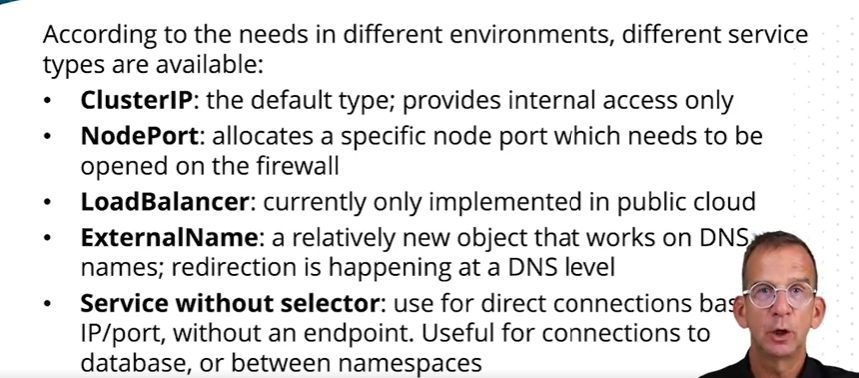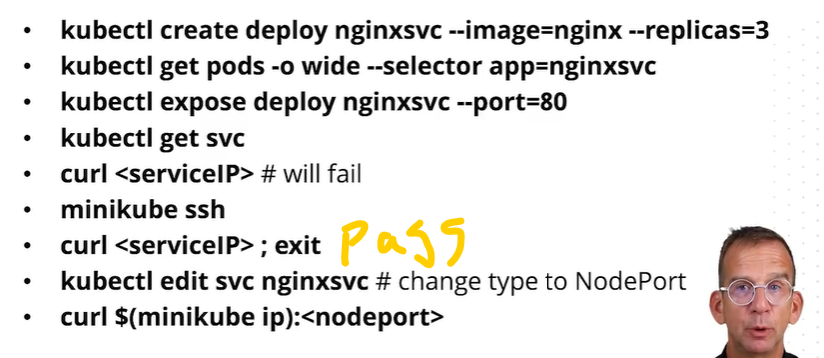k8s network



minikue ssh到node上可以直接访问pod 和 service。 例如curl pod_ip 或者curl servcie_ip。
如果想在外面访问:
需要ingress
或者nodePort类型,curl $(minikube ip)
或者需要port-forward,curl $(minikube ip)
here’s a short explanation of the differences between ingress, NodePort, and port-forward in Kubernetes:
- NodePort:
- Opens a specific port on each node of the cluster.
- A service is accessible externally via node’s IP address and the assigned port.
- Typically used for simple external access without needing a dedicated load balancer or advanced routing rules.
- Ingress:
- An API object that manages external access to services in a cluster, typically HTTP/HTTPS.
- Provides features such as path-based routing, SSL termination, and name-based virtual hosting.
- Requires an Ingress Controller (e.g., NGINX, Traefik) to handle requests and route traffic internally.
- Port-Forward:
- Forwards traffic from a local machine to a specific Pod in the cluster.
- Used primarily for local debugging, development, or testing scenarios—no need to expose the service to the outside world.
- Not meant for broad user traffic; the developer manually runs “kubectl port-forward” to open that tunnel.
In summary:
- Use NodePort when you want a simple way to expose your service on a fixed port across all nodes.
- Use Ingress when you need advanced routing (e.g., host-based or path-based rules) and want a consolidated entry point for multiple services.
- Use Port-Forward when you only need quick, local access to a Pod for debugging without using a public or external endpoint.
here’s a concise guide on exposing a non-HTTP port with load balancing in Kubernetes:
- Create a Service of type “LoadBalancer”
- While Ingress resources often deal with HTTP/HTTPS traffic, creating a
Serviceof typeLoadBalancercan handle generic TCP/UDP ports. - Example YAML:
apiVersion: v1 kind: Service metadata: name: my-tcp-service spec: type: LoadBalancer ports: - port: 12345 # The port your application listens on targetPort: 12345 # Container port protocol: TCP selector: app: my-tcp-app- Once deployed, your cloud provider (e.g., AWS, GCP, Azure) typically provisions a load balancer that forwards external traffic on port 12345 to your Pod(s).
- If you’re on bare-metal Kubernetes (no cloud provider), you can look into technologies like MetalLB.
- While Ingress resources often deal with HTTP/HTTPS traffic, creating a
- Ensure your application listens on the correct port
- Inside the Pod, confirm that your application container is listening on port
12345. This must matchtargetPortin yourServicedefinition.
- Inside the Pod, confirm that your application container is listening on port
- Use NodePort if LoadBalancer isn’t available
- If your environment doesn’t support a
LoadBalancer(e.g., a bare-metal cluster without additional LB provisioning), you could use aNodePortservice and place an external load balancer or proxy in front of your cluster that balances across the node IPs. - But with a cloud provider or a solution like MetalLB,
type: LoadBalanceris simpler and more direct.
- If your environment doesn’t support a







 浙公网安备 33010602011771号
浙公网安备 33010602011771号